Features of the Shrine Grounds
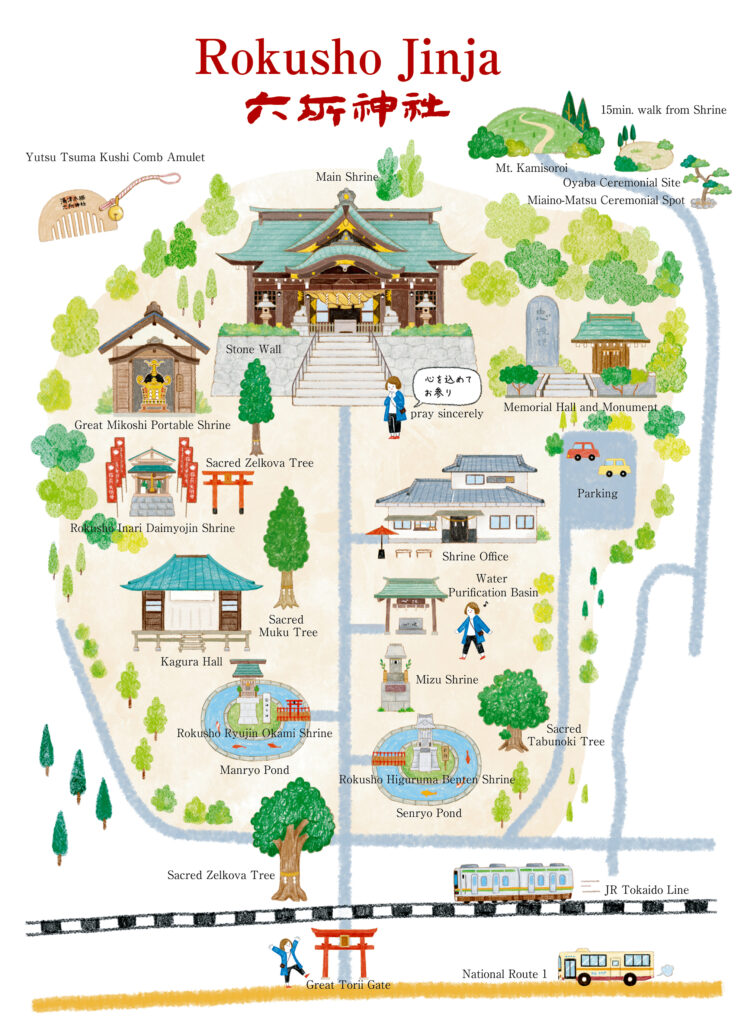
| Great Torii Gate |
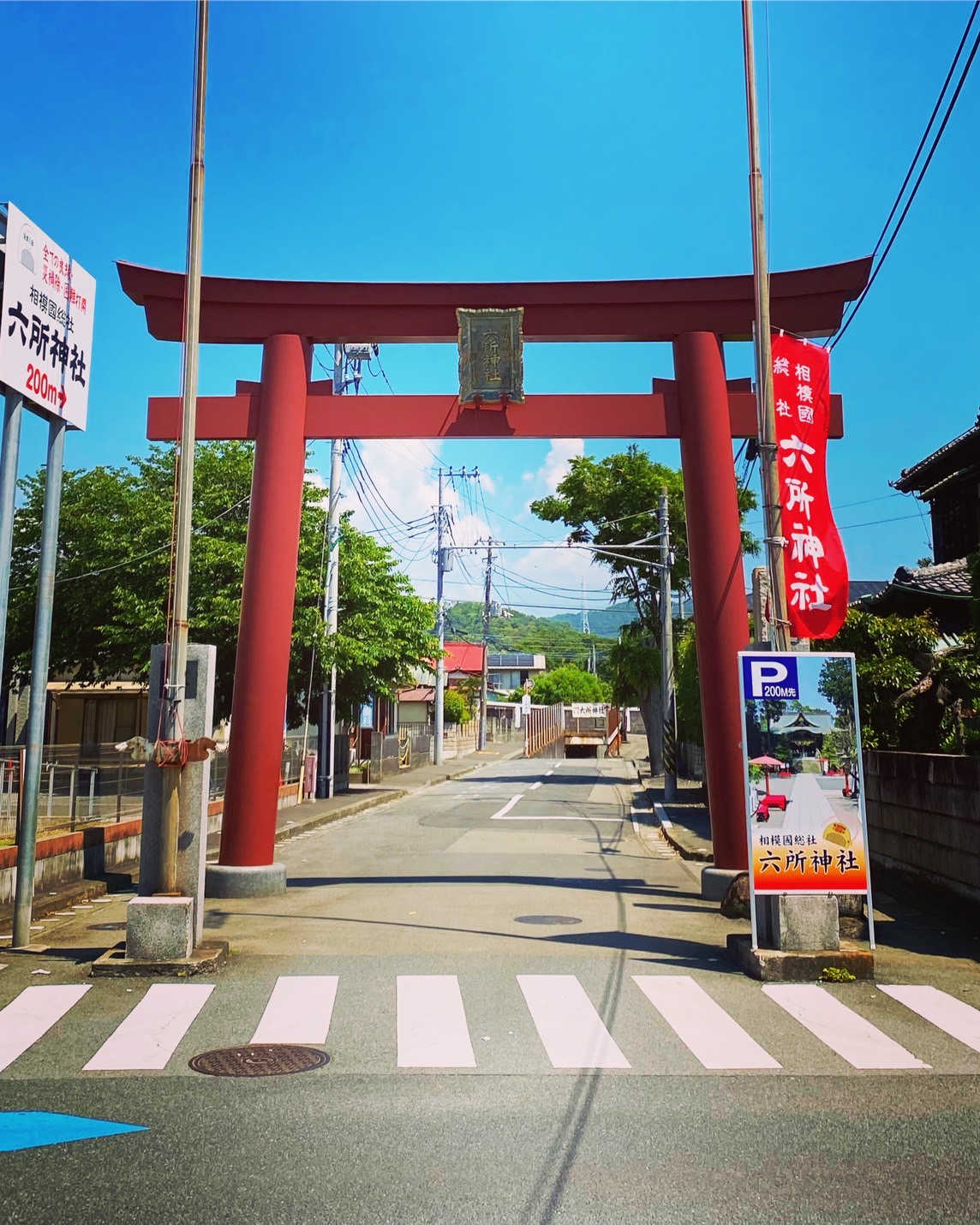 |
| Completed: 1997 This gate was built to replace the previous stone gate that had stood here from1817 until 1996 despite occasional repairs for damage, including from the 1923 Great Kanto Earthquake. The present gate measures 7 meters in height, 10 meters along the top lintel, and 5 meters from post to post. |
| Honden (Main Sanctuary) |
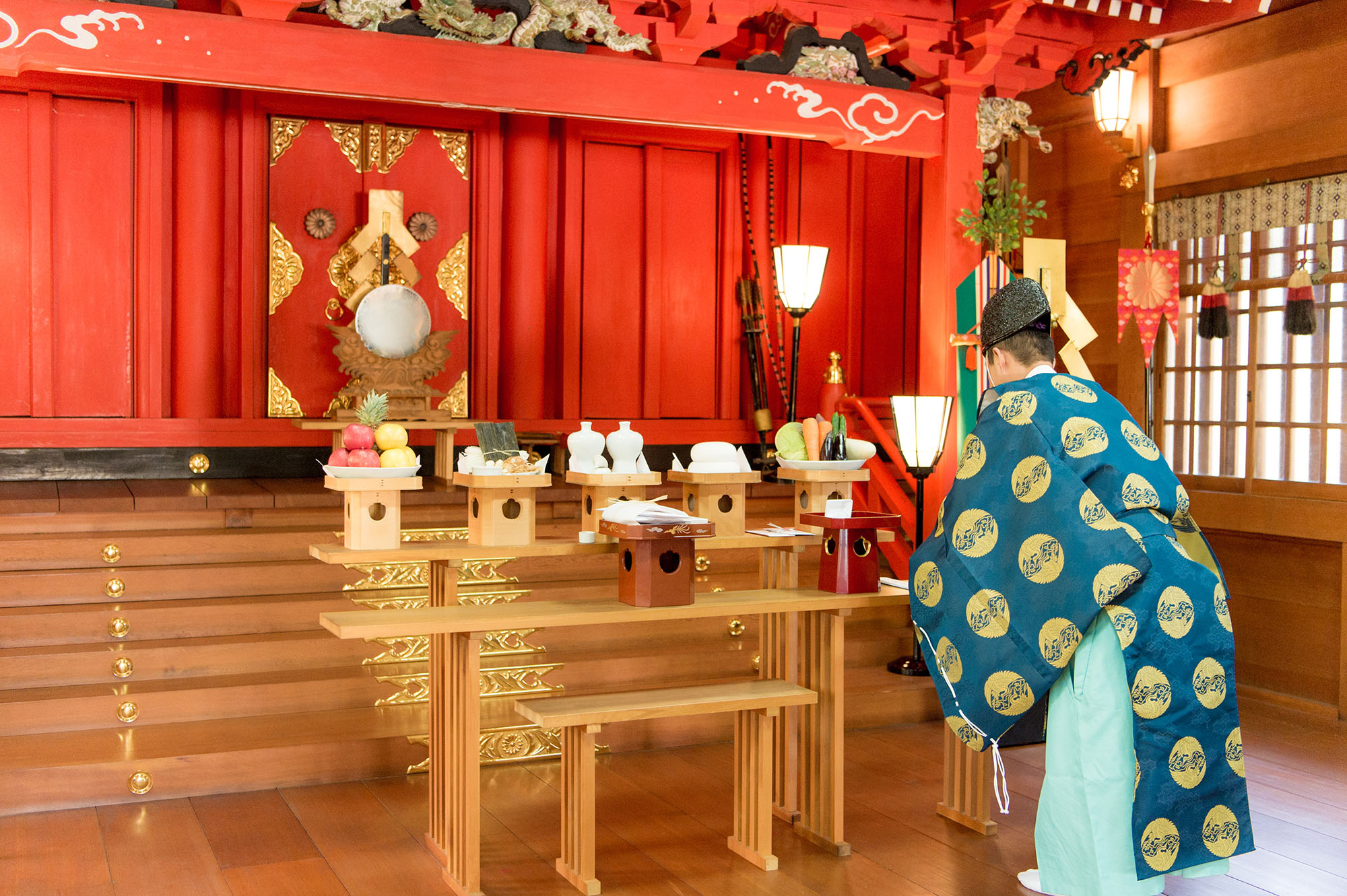 |
| Honden Completed: 16th century Donated by: Hojo Ujitsuna and Hojo Ujimasa of the Odawara Hojo clan Style: Gokensha nagare-zukuri (five-bay flowing-roof style) Unlike the other main shrine buildings, including the worship hall (Haiden) and offering hall (Heiden)which date from March 1991, the Honden—and the stone wall serving as its foundation—remain from the time they were reportedly donated by the lords of the Odawara Hojo clan in the 16th century during the Warring States period. Originally the entire structure was painted in vermilion, with color lavished on even the smallest details. It remains one of the largest shrine buildings in the former province of Sagami (present-day Kanagawa Prefecture) and is characterized by five doors housing deities enshrined from the five other participating shrines of the Konomachi Festival. The presence of these deities is the reason Rokusho Jinja (shrine) is known as the sosha, or provincial combined shrine, of Sagami. |
| Great Shimenawa Rope |
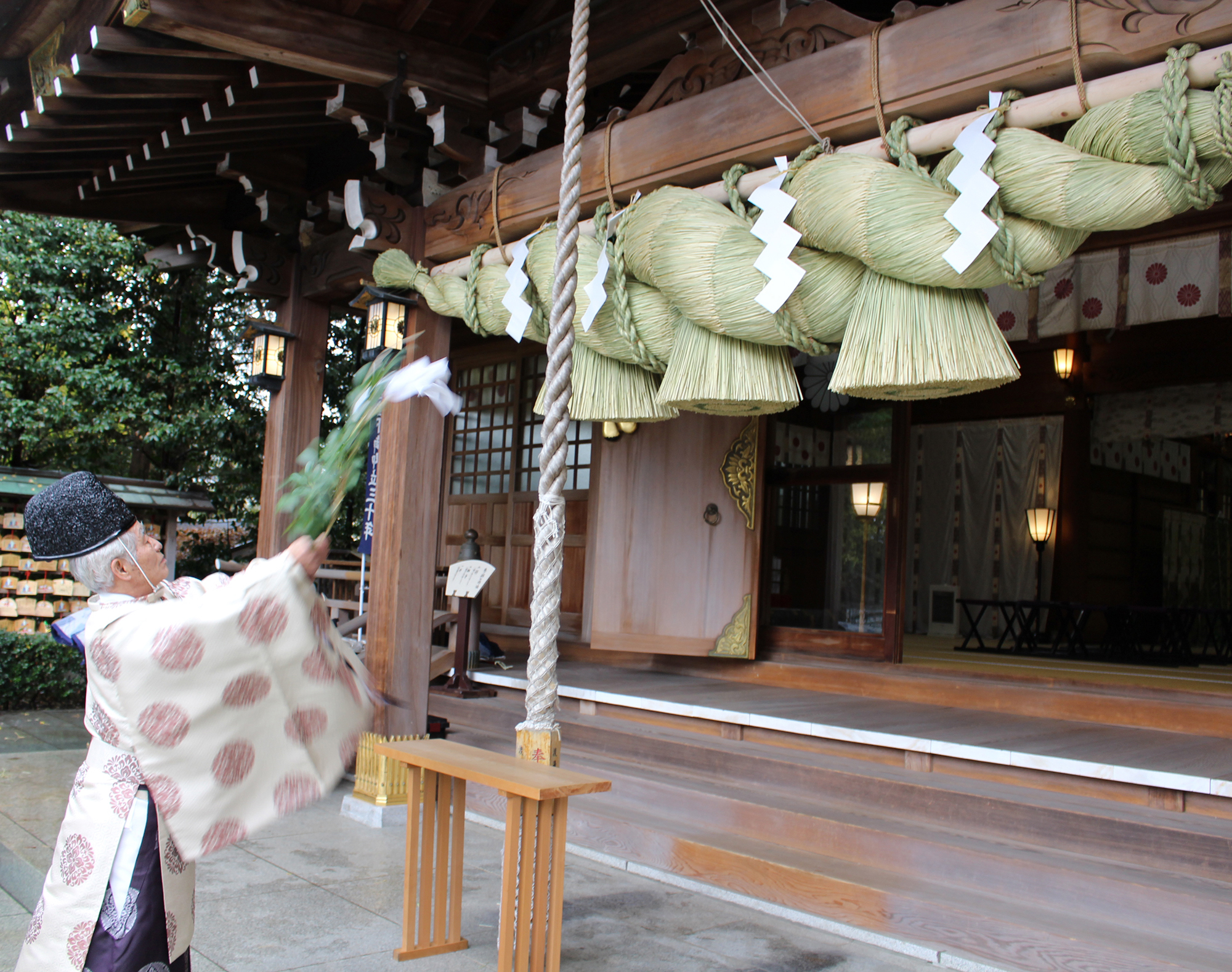 |
| Weight: Approx. 250 kilograms Length: Approx. 4.3 meters This shimenawa is crafted of rice straw in the daikoku-jime style distinctive to Izumo in Shimane Prefecture, the original home of the shrine’s deities. It is among the largest in Kanagawa Prefecture. |
| Stone Wall |
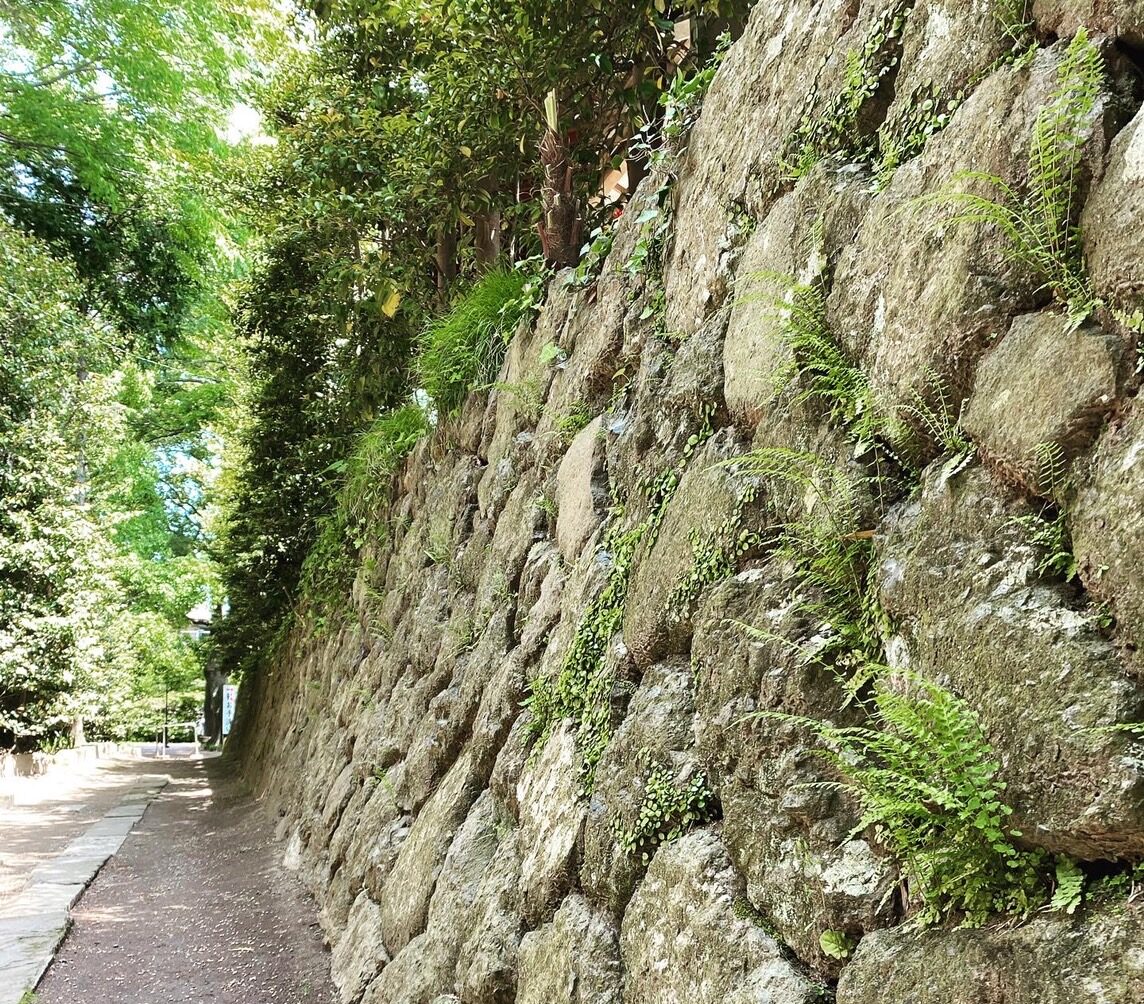 |
| Constructed: 16th century Donated by: Odawara Hojo clan Style: Nozura-zumi (rubble masonry) Nozura-zumi is an ancient technique of drystone wall building using rough cut stones. Sturdy with excellent drainage, walls of this type were most often constructed during the medieval period from roughly the late 12th to the 16th century. This wall has supported the Honden through numerous natural disasters over more than four centuries. |
| Rokusho Inari Daimyojin Shrine |
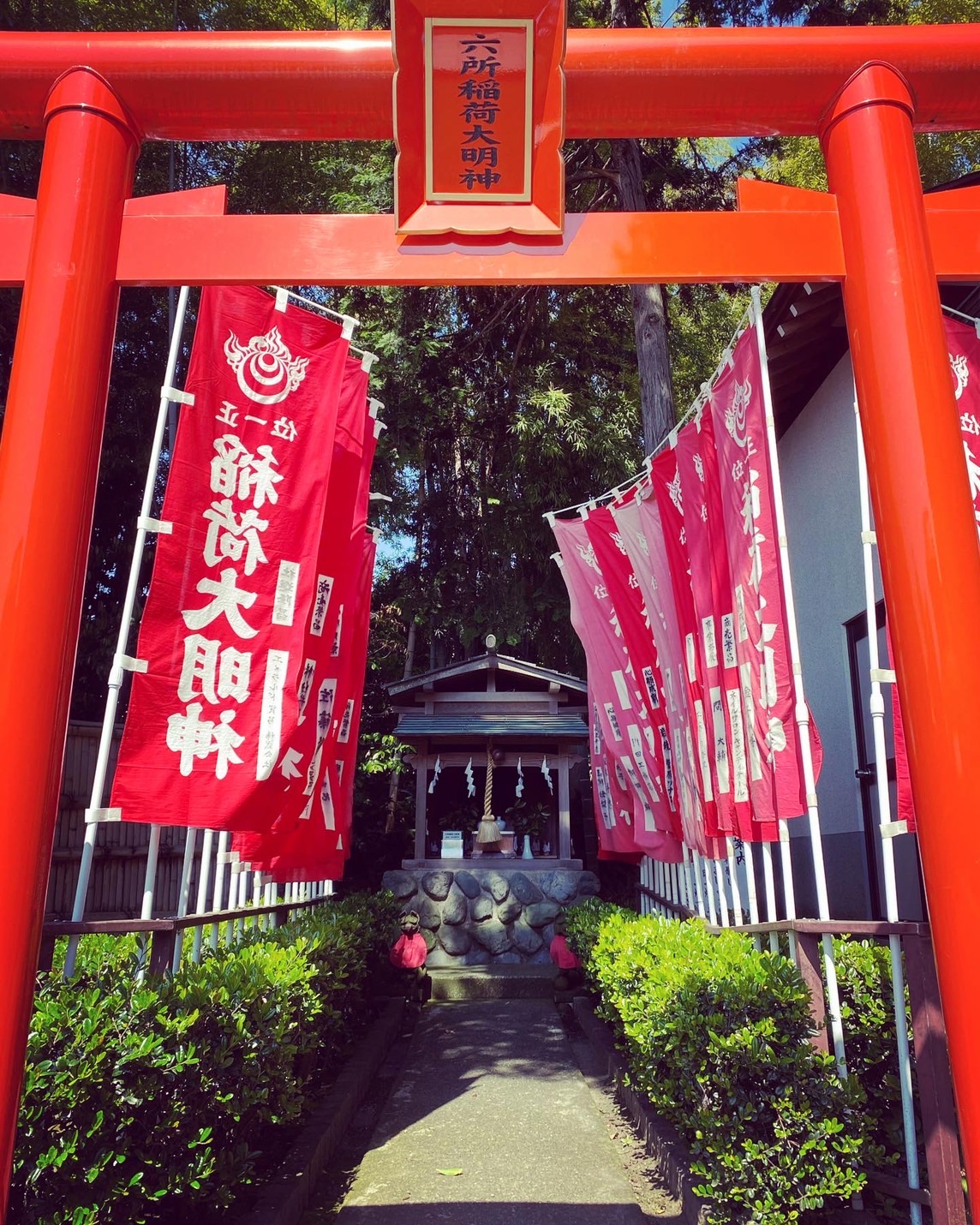 |
| Deity: Uka no Mitama no Okami Though of unknown date, this auxiliary shrine is thought to have come into being sometime after Rokusho Jinja itself to help bring agricultural bounty to the village of Kokufu. Originally a deity of food and other provisions, Inari continues to be revered as a bringer of business prosperity and granter of wishes, so that the approach to this modest shrine is always lined with red prayer banners donated by parishioners. Prayer banner: 3,000 yen each (displayed for one year) Available at the shrine office. |
| Rokusho Ryujin Okami Shrine and Ryujin (Manryo) Pond |
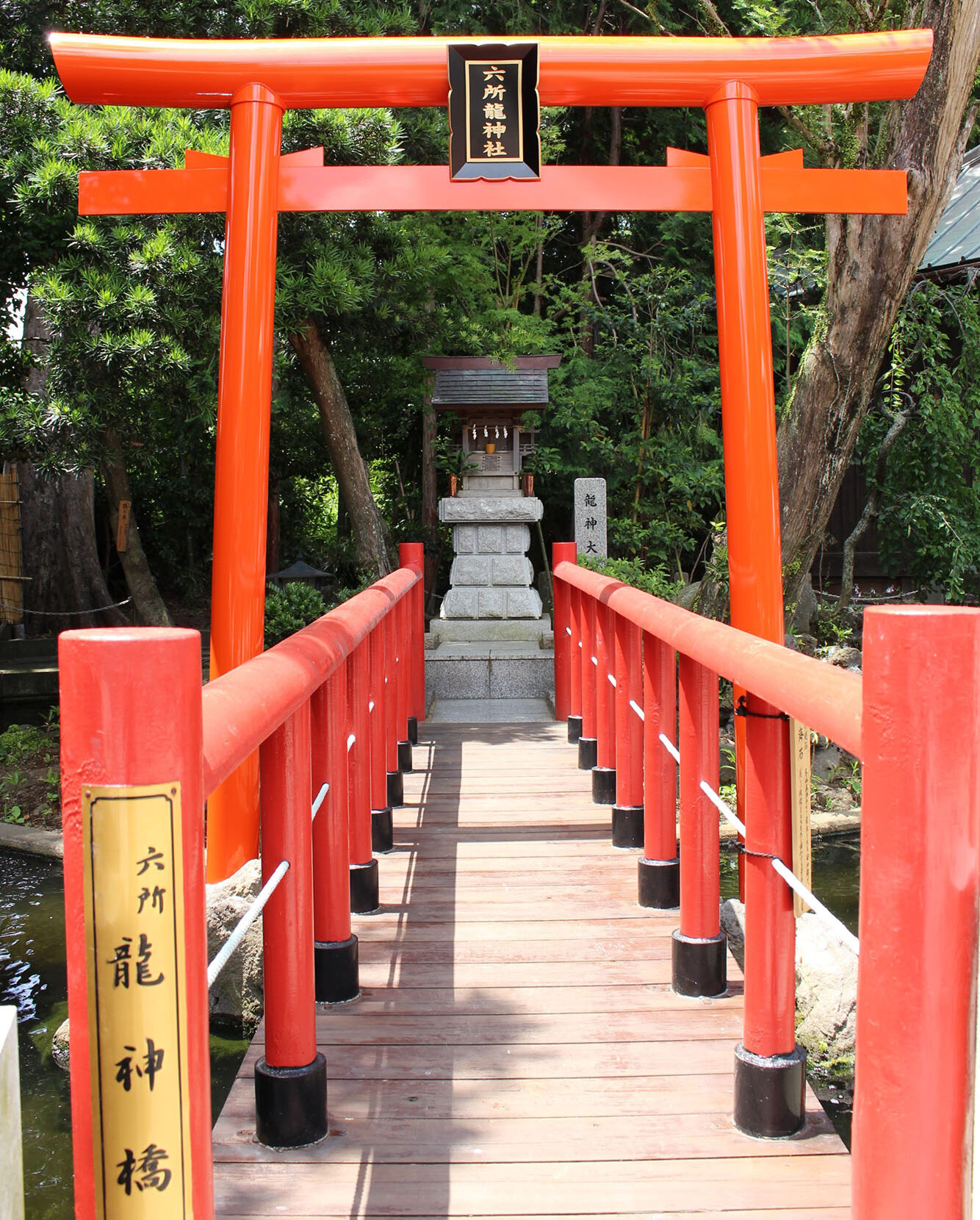 |
| The deity of this auxiliary shrine is said to have accompanied the goddess Kushiinada-hime no Mikoto here from Izumo when she was enshrined in Rokusho Jinja at the time of its founding more than two thousand years ago. A dragon god, Ryujin Okami presides over rain and holds the power to bring abundant harvests and wash away calamity. He is also venerated as a bringer of financial luck and success in life. Worshippers are encouraged to take part in the Ryujinsai rite held to pray for Ryujin Okami’s blessing on days of tsuchinoto mi by the traditional Japanese calendar, when the deity’s powers are thought to grow especially strong. |
| Rokusho Higuruma Benten Shrine and Benten (Senryo) Pond |
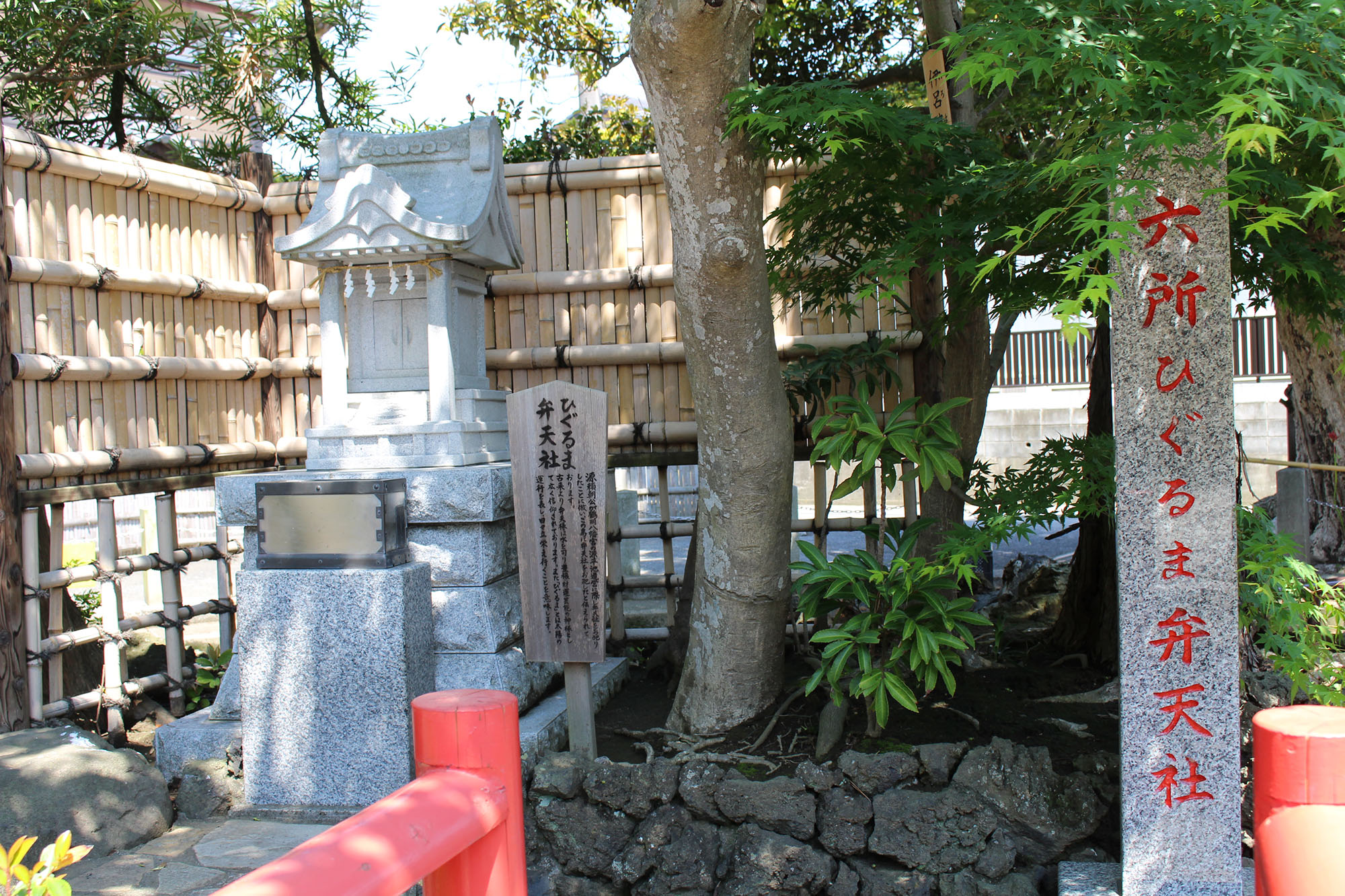 |
| According to tradition, this auxiliary shrine was built on an island to emulate the shrine to Benten that was established on the grounds of Tsurugaoka Hachimangu shrine in Kamakura at the time the Genji and Heike Ponds were created in 1182 by the shogun Minamoto no Yoritomo. Benten, a water goddess, has long attracted worship as a patron of agricultural bounty, financial luck, and the arts. Higuruma is a word signifying the daily course of the sun and the daily prosperity that it symbolizes. |
| Sen-Man Ponds |
 |
| The Ryujin and Benten Ponds are also called the Manryo and Senryo Ponds respectively, named after the manryo (coral berry) which grows on the island pond, and the senryo (bone- knitted lotus) which grows by the shrine to Benten. Together, the two ponds are known as the Sen-Man Ponds. Both the manryo and senryo are traditionally considered to bring good fortune due to the abundant clusters of red winter berries signifying business success and family prosperity. The red colour of the berries is also believed to ward off misfortune. The many colorful carp swimming gracefully in both ponds are also delightful. |
| Mizu Shrine |
 |
| Deity: Mizuha no Me no Kami This auxiliary shrine was originally built at an unknown date by a water source along Ishigamidai hill to house the local water deity. Modern-day development in the area led to it’ current relocation, where it continues to be venerated as the guardian of Rokusho Jinja’s holy water. |
| Great Mikoshi Portable Shrine |
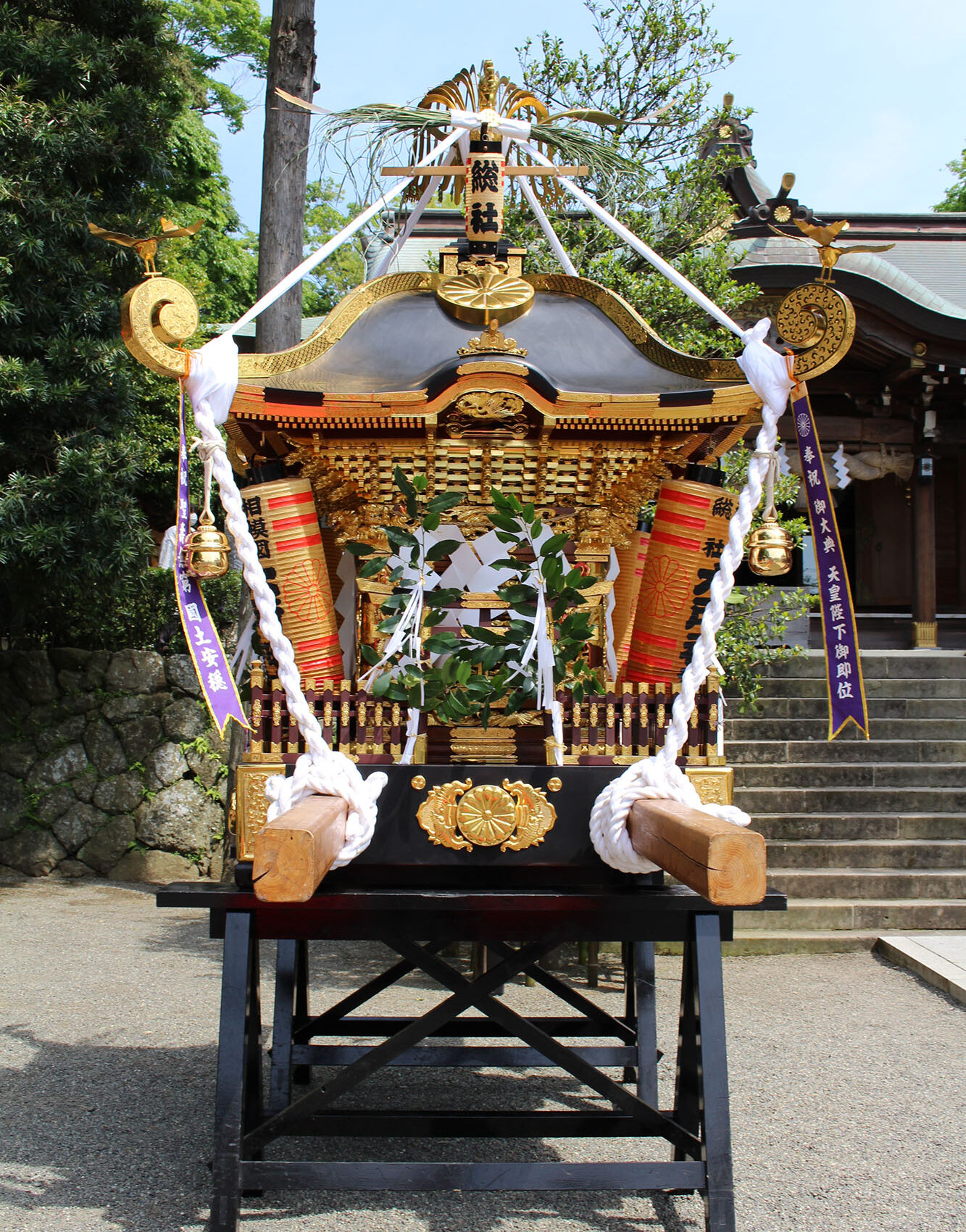 |
| Completed: 2000 Weight: Approx. 500 kilograms Height: Approx. 250 centimeters A phoenix crowns the black-lacquered roof of the mikoshi, set with a fifteen-petal chrysanthemum crest of Rokusho Jinja on all four sides at the top and undulating bargeboards along the bottom edges. Below this roof, dragons, lion-dogs, pines, and birds feature on the body along with metal fittings and a wealth of other sculpted and engraved decorations over a speckled “pear-skin” lacquer ground. The portable shrine, which is in a style called Soshu or Shonan after the names of this region, is supported solely by two parallel carrying poles set into its base. Metal rings on either side of the base are tapped to help keep rhythm as the carriers shout in unison, “Dokkoi, dokkoi, dokkoi soryaa!” |
| Memorial Hall and Monument to War Dead |
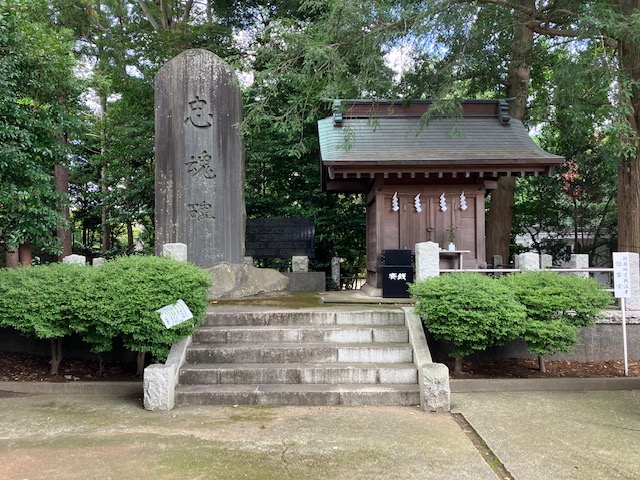 |
| The current building of the Memorial Hall was unveiled on November 23, 1984. It honors residents of the Kokufu area who have lost their lives in Japan’s wars. The monument was erected on December 1, 1928, and moved to its current location in 1984. The inscription is by Army General Hyoe Ichinohe (1855–1931), who served as inspector-general of military training, head priest of Meiji Jingu shrine, and president of the Imperial Military Reservists Association. |
| Sacred Tree |
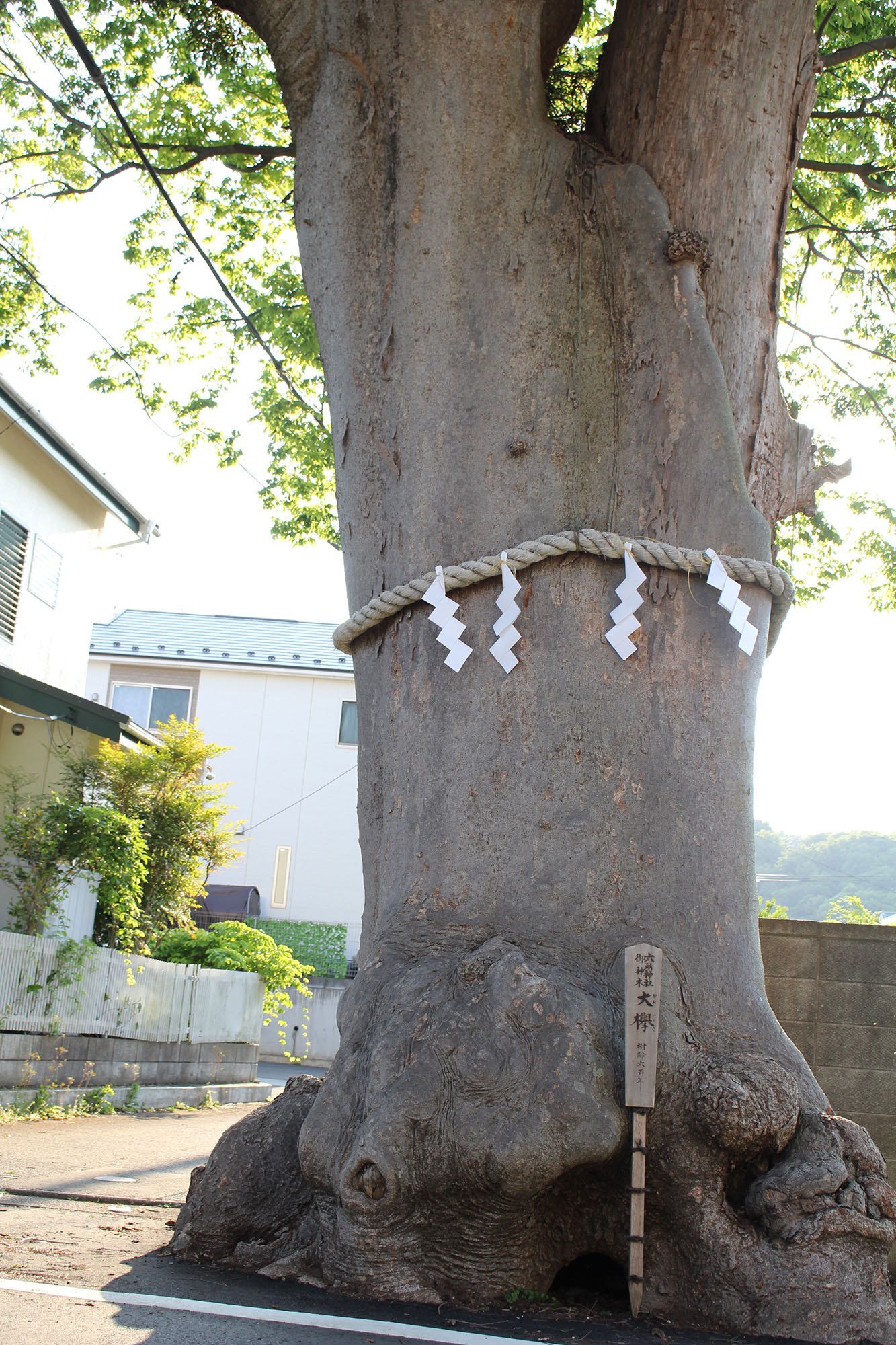 |
| A zelkova tree said to be six hundred years old. |
| Oyaba |
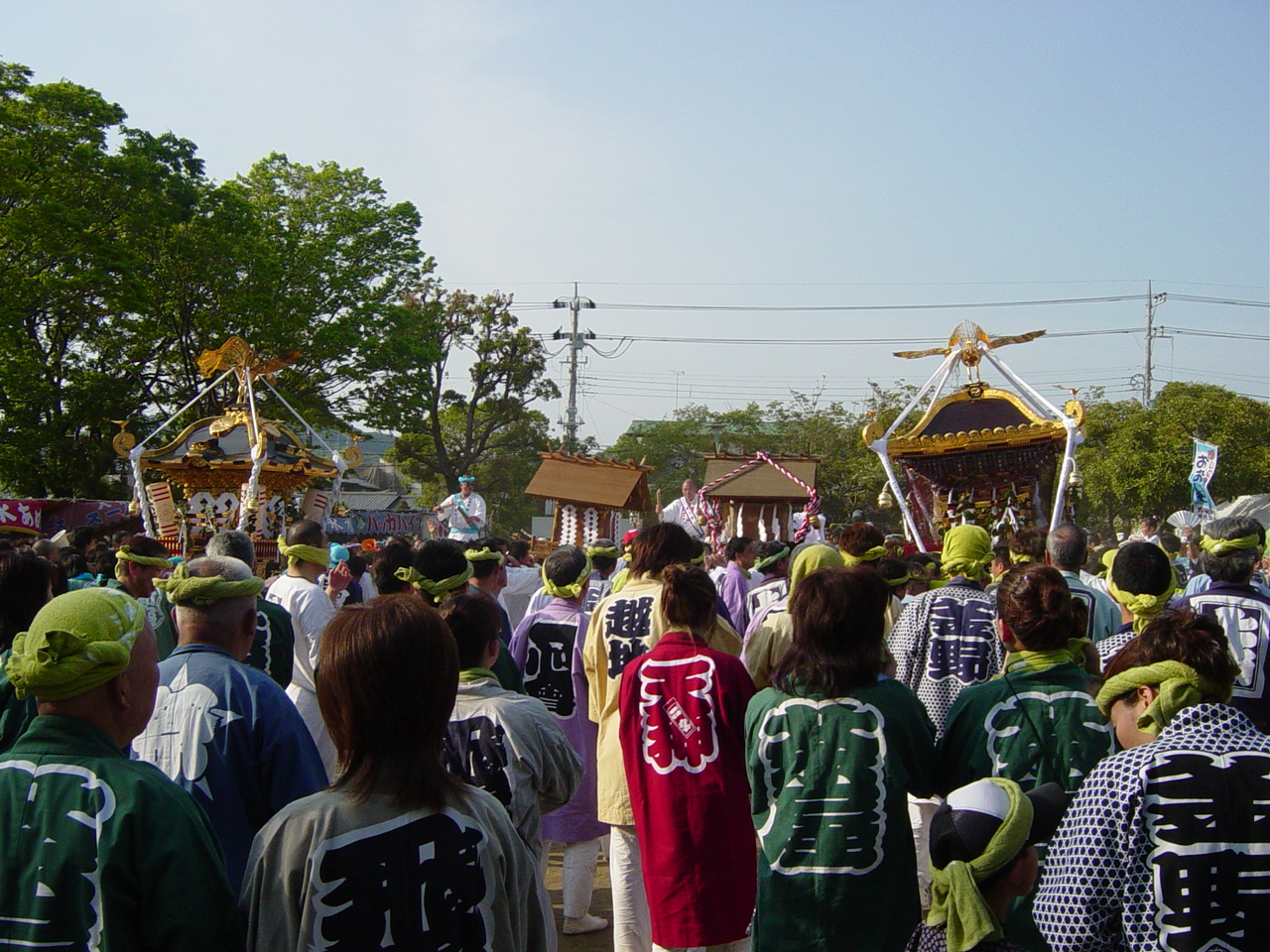 |
| The site where portable shrines from the six participating shrines of the Konomachi Festival gather for joint rites. |
| Mt. Kamisoroi |
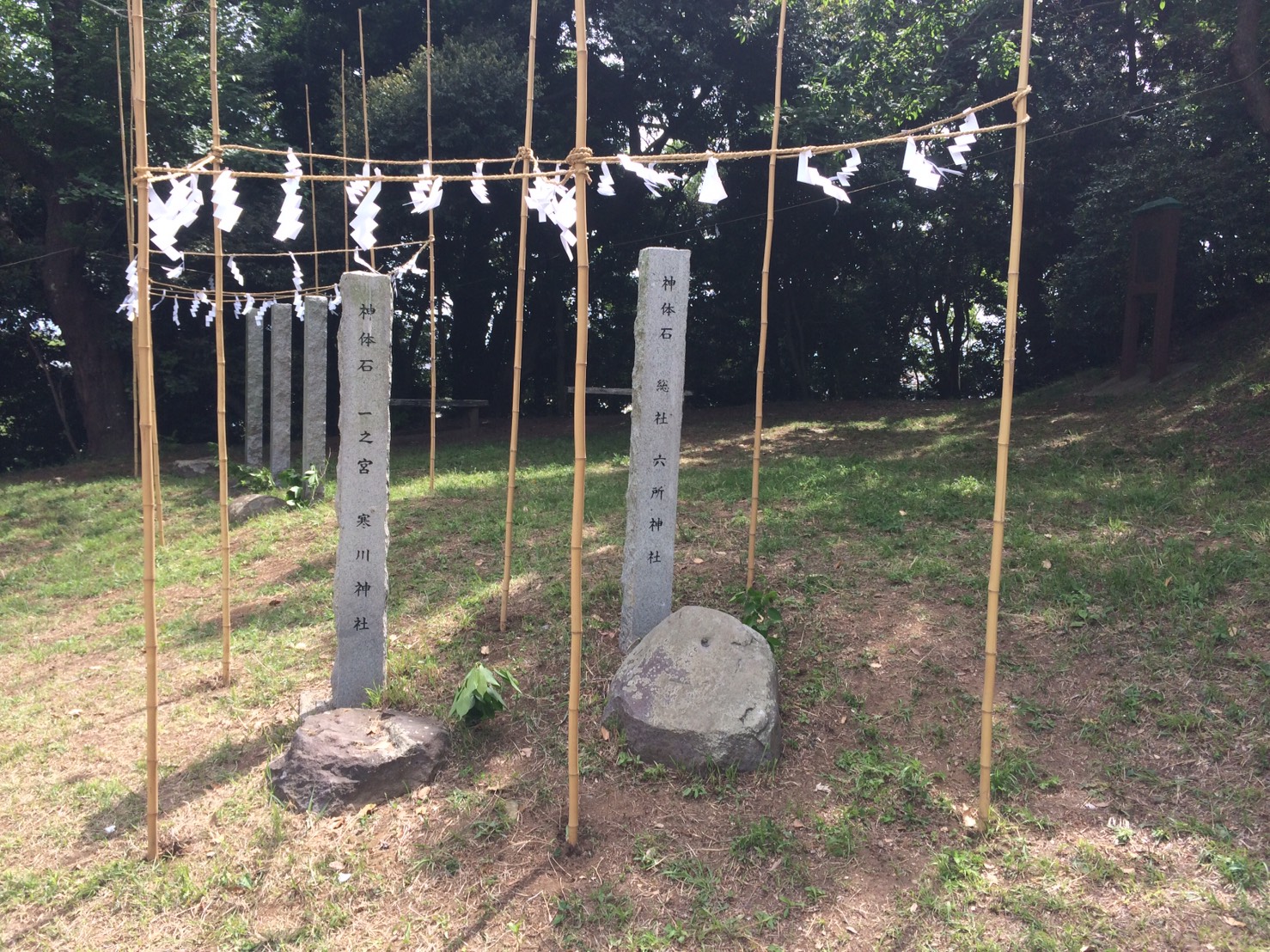 |
| The site where portable shrines from five shrines gather during the Konomachi Festival for the Zamondo rite. |
